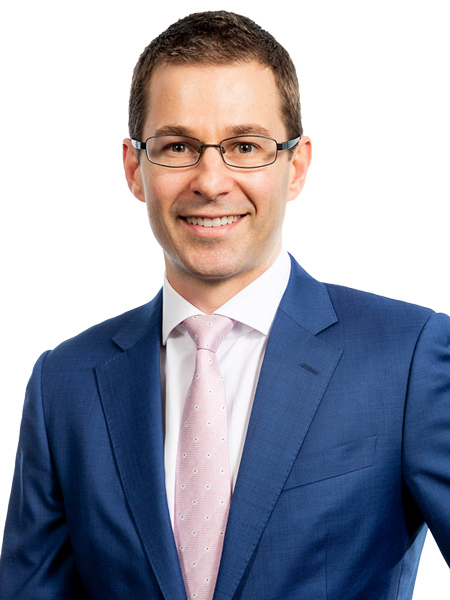Evolving office
market will see
demand return to city
A long-term trophy amongst of global real estate markets, Hong Kong has needed a myriad of external events to accelerate long awaited changes in real estate.
Hong Kong’s high office rents and low vacancy have been consistent new headlines. More recently this has changed into significant rental decline, pushed by economic challenge and COVID-19. Even with year to date adjustments in rents amounting to over 20 per cent declines in central average rentals, according to JLL research, Hong Kong Central remains the most expensive place globally to rent an office. And despite a sub 9 per cent vacancy rate for the whole of Hong Kong (not at all dramatic in most global markets), the city is at the beginning of a significant and fundamental real estate change. A change that will ultimately benefit the structure of the city and the working relationship of many of its occupants.
Decentralisation has been a well-documented trend for years, and one that bucks the high price tag in nearby districts. Despite this, Central is at no risk of losing its place as a high-end business district, or the most expensive. It remains and will continue to be a prime and well sought out location, but increasingly for smaller, high rent paying businesses, comparably to emerging core districts. It is clear that Central is no longer the only location consideration of its traditional occupants. Businesses the world over have adopted flexible people strategies that allow for partial or full work from home through the pandemic. Expectations on everything from commute times, working hours and flexible working policies are up in the air. As a result of the world’s largest work from home experiment, it has become clear that many of our preconceived notions around locational need for face to face meeting travel, or even face to face meetings full stop, has been challenged.
New office supply coming on to the market from 2022, coupled with the potential for future government sites being drip fed into key markets for the coming few years, is likely to shape a long-term supply boom for Hong Kong, its developers and occupants. What’s more is this is being delivered into a wide range of business districts from Quarry Bay, to Kai Tak, West Kowloon and for the first time in many years, Central. The choice for occupiers is huge, varied in price, scale, offering and location. Developers are working hard to understand the post-COVID occupancy world, what they can do to enhance the well-being and offering of their potential clients and what this means to financial return. They will be marketing to an audience expecting more from their real estate, for their people, around greater amenity and well-being for their staff, not to mention a focus on improved return on rental investment.
What is a short term positioning challenge for Hong Kong developers will be an exciting opportunity for occupiers the city over. Developers are already leaning into the lessons learned from the world’s best examples of wholly integrated developments. Buildings and precincts that offer flexible office components, IOT that drive big data insights, lifestyle and wellness driven amenity not seen in HK to date and a user experience that enhances the lives of its occupants. The move to new building ecosystems that cater to the needs of its occupants, allowing for less directly rented space, will ultimately provide greater financial returns to building owners. The wave of changes to existing buildings will in time, change the way we work and interact with our offices, along with the buildings and precincts that they reside in.
At a glance, all this Hong Kong office supply appears to outstrip demand, and it will for a short period. This only accelerate the need for developers to differentiate in a competitive market until demand catches up, by which point providing such facilities will not remain a differentiator, but an occupier requirement when considering what is right for their business and its people.
Office space demand will return in the medium term; it will be robust and remain pointed to the drivers of Hong Kong. A wide agglomeration of service industries, centred to financial markets powering ahead - with HK increasingly an alternative to cross-continental exchanges - will draw occupier growth into the city. International demand will return to Hong Kong, as the burgeoning GBA economic growth opportunity and access to world-class talent remains too enticing to ignore. According to the HK Stock Exchange, daily turnover for the first nine months of 2020 was up 39% and funds raised through IPO’s in the first nine months of 2020 were 211.4B, a 58% increase, with a long list of planned IPOs to come. Clear evidence that Hong Kong remains a globally attractive financial center and all with significantly restricted business travel.
When demand for offices accelerates, occupiers will have a greater choice for their talent, and in real estate that is thoughtfully put together to deliver upon well-being, productivity returns and sustainability. Trends that may accelerate due to the need to differentiate marketing campaigns for new grade A offices, will ultimately enhance the lives of its occupants and create a better balance for a growing city.
This article was originally published on the South China Morning Post on 2nd December, 2020.




